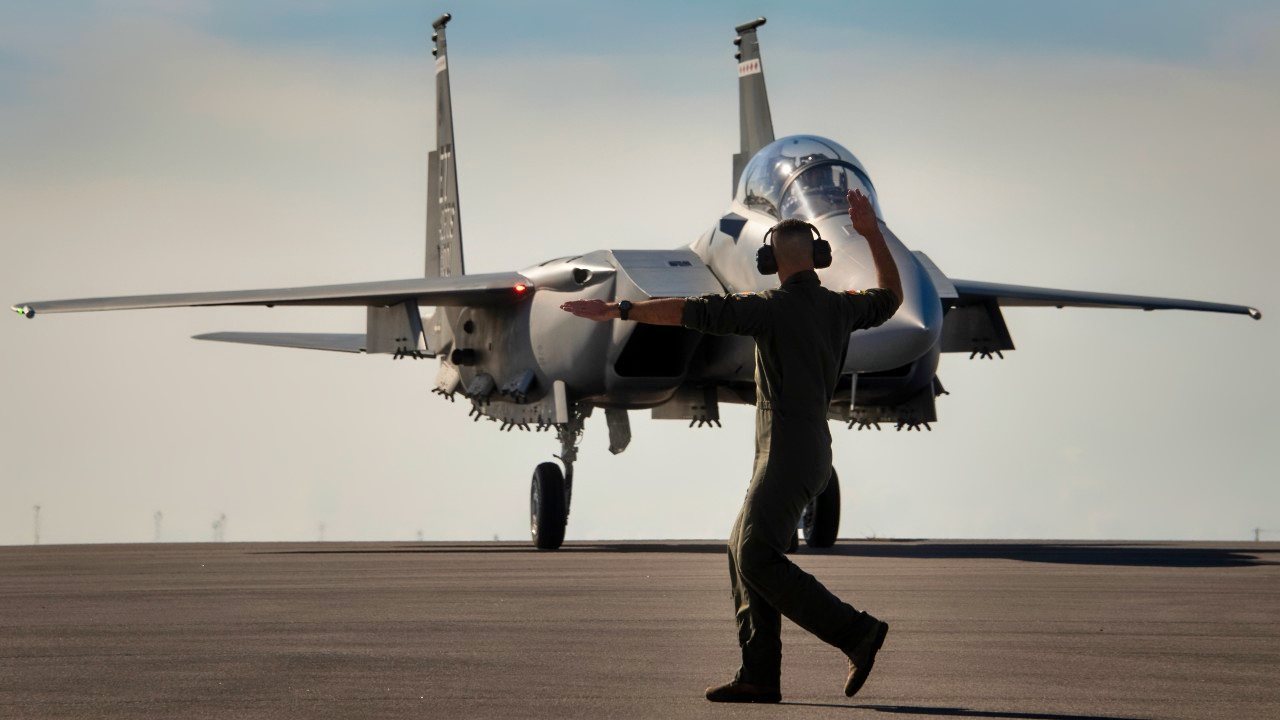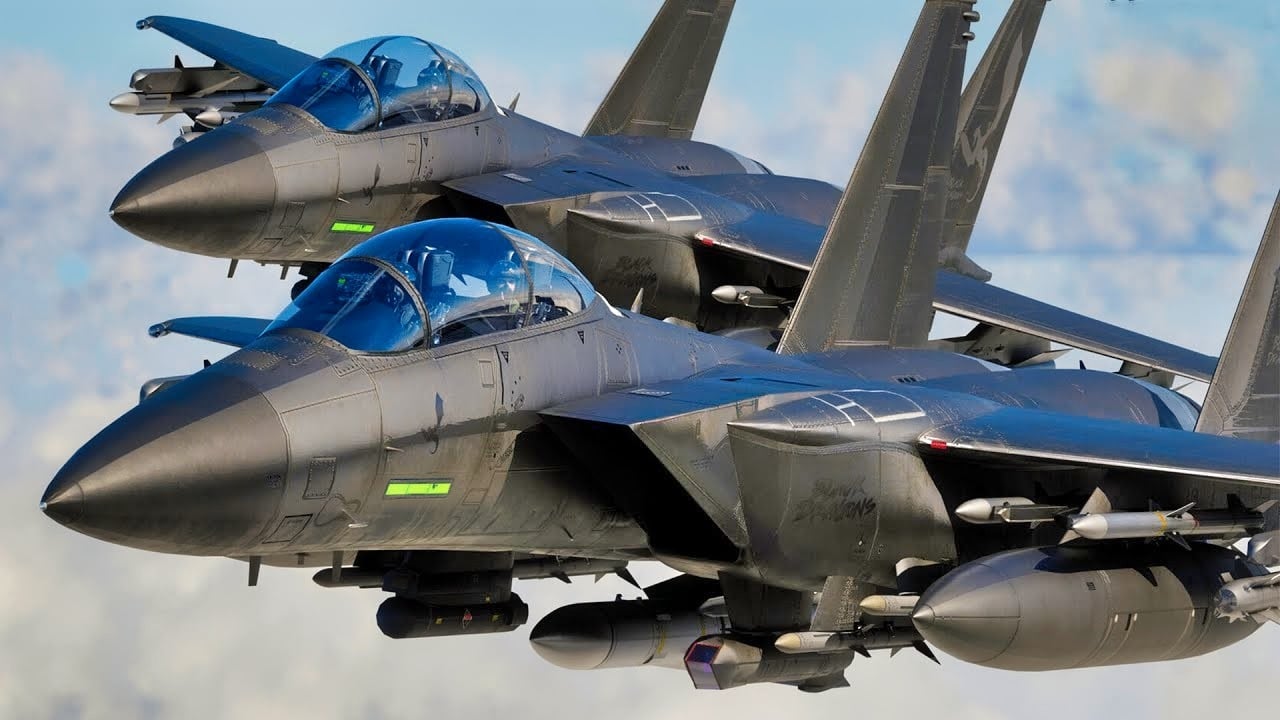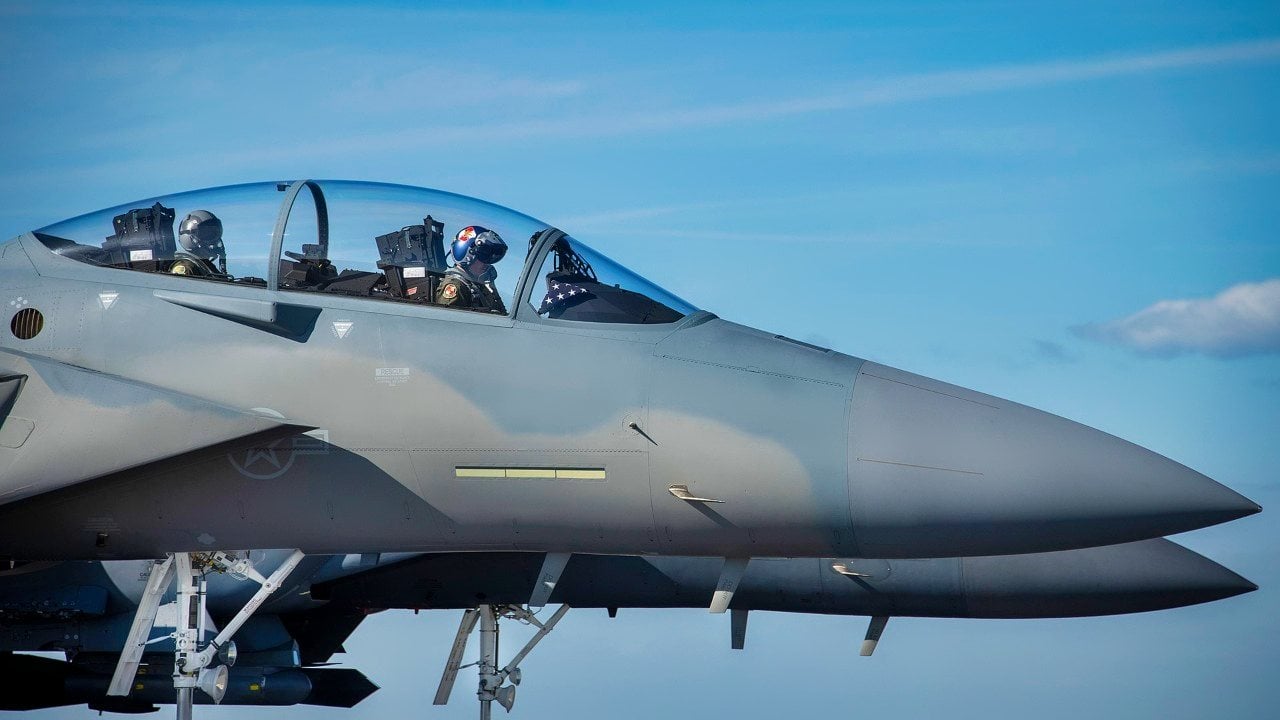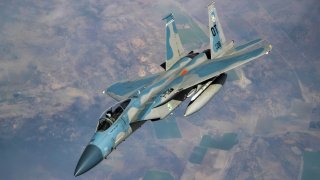The F-15EX Eagle II Fighter Has 1 Giant 'Flaw' That Can't Ever Be Fixed
The F-15EX Eagle II is a modern upgrade of the long-serving F-15 platform, developed to address shortfalls in the U.S. Air Force's fighter fleet.
Summary and Key Points: The F-15EX Eagle II is a modern upgrade of the long-serving F-15 platform, developed to address shortfalls in the U.S. Air Force's fighter fleet.

-Despite lacking stealth capabilities, it offers advanced avionics, a new radar, and extended service life, making it suitable for missions that do not require stealth.
-The F-15EX will complement stealth fighters like the F-22 and F-35 by performing roles such as homeland defense and airbase protection.
Why the U.S. Air Force is Investing in the Non-Stealth F-15EX Eagle II
The F-15EX is a new take on an old airframe. Priced at $90-97 million per unit, the F-15EX is surprisingly expensive for an upgraded version of a platform that has been in service for about fifty years. And for any new U.S. fighter being developed in the 2020s, one might expect stealth to be a standard feature.
But the F-15EX is not a stealth aircraft. Still, the U.S. Air Force (USAF) sees value in procuring the latest F-15 variant. This is not only due to the fact that the F-15EX’s likely mission set will not require stealth but because the USAF has plenty of other platforms capable of performing stealth-requisite missions, like the F-22, the F-35, and in the future, the NGAD (Next Generation Air Dominance) sixth-generation fighter.
Why the F-15EX Eagle II?
The F-15EX is a multirole strike fighter. Built by Boeing (whereas McDonnell Douglas built the original F-15s), the F-15EX is a direct descendant of the F-15E Strike Eagle, which was the first Eagle capable of performing ground strike missions (the A-D variant Eagles were built “without a pound for ground”).

The F-15EX was developed amid incoming shortfalls in the USAF’s fighter fleet. Originally, the USAF expected to receive nearly 400 F-22s to replace an aging fleet of F-15A-D air superiority fighters. But thanks to post-Cold War budget cuts, and a post-2001 emphasis on counterinsurgency, F-22 procurement was cut to less than 200—meaning that 179 F-15Cs and Ds would have their service life extended into the 2030s so that the USAF would still have an adequate number of air superiority fighters.
Yet, by the middle 2010s, the F-15C and D fleet was aging to the point where it was no longer economically feasible to keep the jets in service. Compounding the problem were delays in the F-35 program and the fact that F-22 production had been halted—and resuming production was considered cost-prohibitive.
To make up for the shortfall, the USAF elected to procure Boeing’s version of the F-15, the EX, which was similar to the upgraded version of the F-15E that Boeing had been exporting to overseas customers. Improvements included with the F-15EX included the AESA radar, IRST, and EPAWSS systems, plus a new cockpit, flight controls, and an improved service life extending to 20,000 hours.
But no stealth?
Of course, the F-15EX is odd for an American fighter jet coming off the assembly line in the 2020s—the jet is not stealthy and is not expected to survive against modern air defenses.
Accordingly, the F-15EX is intended as a supplement to the fifth-generation jets that are capable of surviving against modern air defenses. The F-15EX will be called upon to perform homeland defense and airbase defense, enforce no-fly zones, and deploy standoff weapons in support of stealth fighters on the frontline.

So, the F-15EX is not exactly the jet of the future, but rather a stop-gap. Yet, to be clear, the F-15EX is more advanced than the original F-15, which debuted in the 1970s and would be a welcome addition to any air force in the world.
About the Author: Harrison Kass
Harrison Kass is a senior defense writer with over 1,000 articles published. An attorney, pilot, guitarist, and minor pro hockey player, Harrison joined the US Air Force as a Pilot Trainee but was medically discharged. Harrison holds a BA from Lake Forest College, a JD from the University of Oregon, and an MA from New York University. Harrison listens to Dokken.
All images are Creative Commons and/or Shutterstock.


